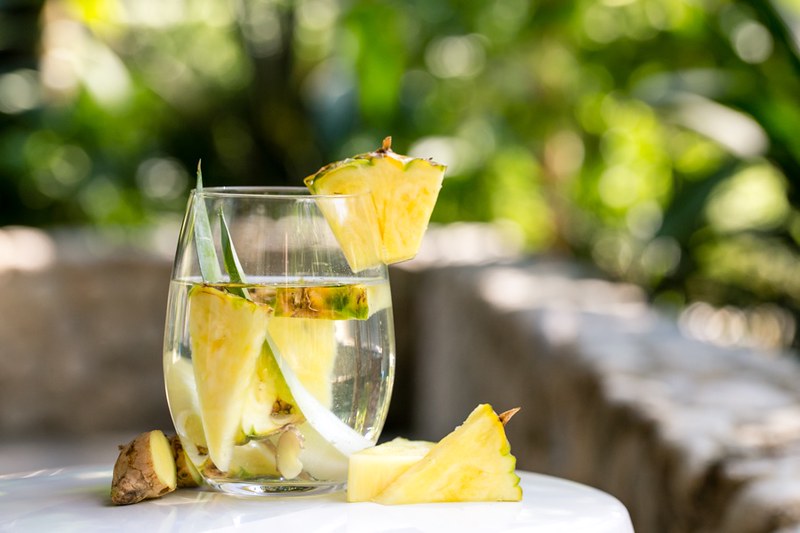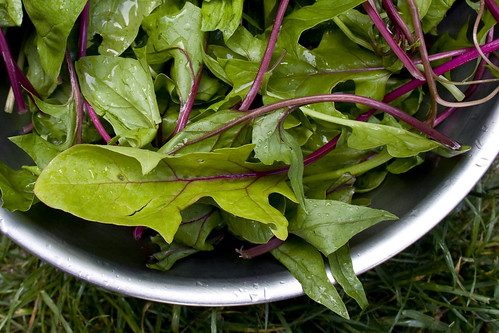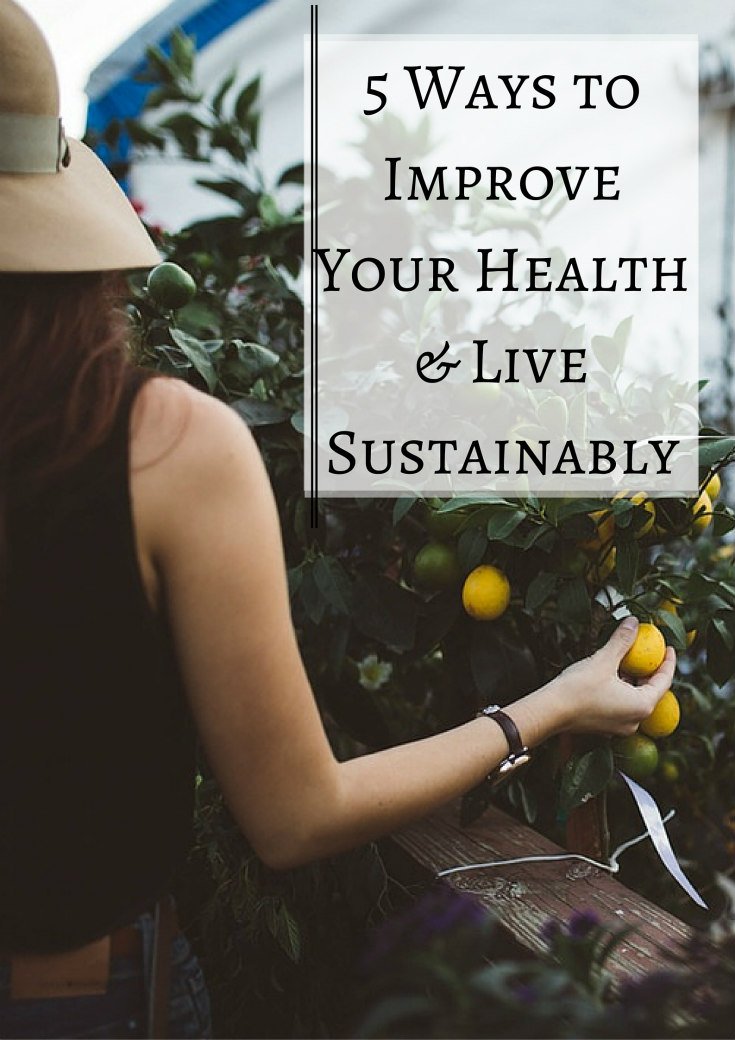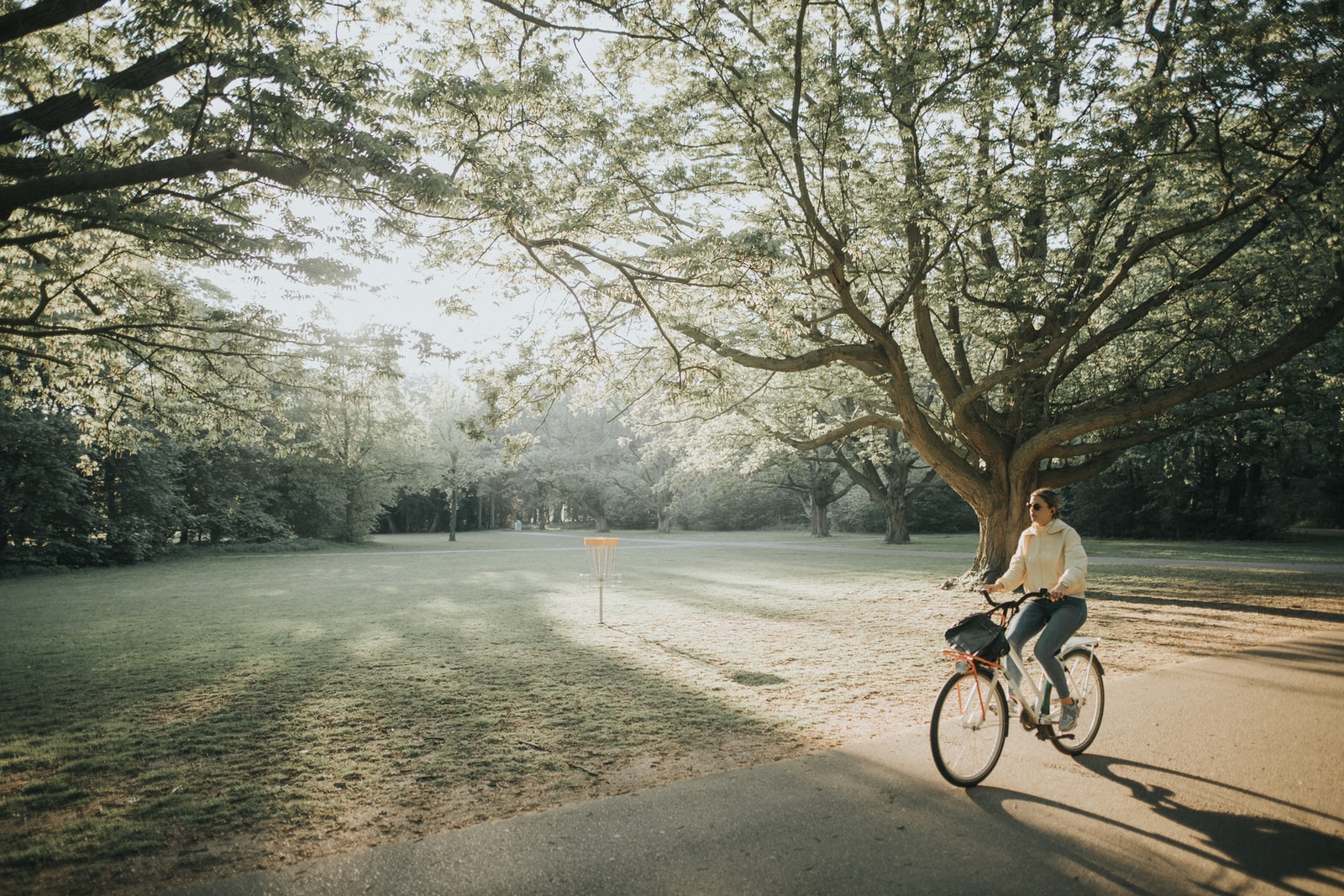In the past decade, environmental awareness has become a hot topic, striking global interest in ways to contribute to the longevity of our Earth and its resources. But with increased workloads, responsibilities, and what seems like not enough hours in the day, some people have difficulty finding enough time to sustain their own good health, let alone the Earth.
If you are suffering from declining health and emotional drain, and are looking to actively live sustainably, here are five ways you can take action to improve your health while reducing your carbon footprint. Additionally, you may want to consider visiting an eco-resort for a personal yoga retreat to destress and recenter your life.
5 Ways to Improve Your Health & Live Sustainably

1. Drink More Water, the Sustainable Way
I have always loved to drink water. If I could eat cereal with water I would. Okay, scratch that – I’ve actually done it, and it wasn’t that good. But other than cereal, water is my go-to beverage … and for good reason.
How much water should I really drink?
Increasing your water intake (within reason) is absolutely essential if you are trying to improve your skin, hair, nails, and digestive health. I start my day drinking a large cup of water and continuously refill my water bottle for ‘round the clock consumption. Doing this helps keep me hydrated and contributes to weight loss by reducing that deceiving “hungry for a snack” feeling.
A few things to remember: stick to tap or filtered water, and refill your cup/water bottle to reduce plastic waste and carbon footprint emissions caused by product shipping.
My favorite water bottle is the Vapur Anti-Bottle. It is a collapsible BPA-free water bag attached to a drinking nozzle, and its designs are printed with soy ink on wind-powered presses. When not in use, I can roll up the “bottle” and put in my pocket or purse. If you a searching for an eco-friendly water bottle, you might be interested in the Vapur selection.

2. Start Gardening for Better Health
It’s no question that constant stress from work, home, and life can take a toll on your body, especially emotionally. Gardening is a relaxing hobby that can not only aid in easing your daily worries but also improve your physical health, providing fruits and vegetables essential to your body’s nutrition.
As you work toward a rewarding end goal of fresh, delicious produce, you’ll find yourself becoming physically stronger from digging and planting, as well as mentally at peace. Though some outdoor preparations are initially required, reaping the benefits of “farm-to-table” eating will prove worthy.
Here at the Blue Osa Yoga Retreat & Spa we take steps to live sustainably by cultivating our own garden and receiving delicious “farm-to-table” meals and local food service daily. By eating straight from our backyard, we eliminate carbon dioxide emissions caused by shipping and introduce fresh, nutritious foods free of additives and chemicals. Read more about Blue Osa’s “farm-to-table” service.
Live in the city and don’t have space for a garden? Here are five space-saving tips for an urban garden. Now, you have no excuse!
3. Find the Fountain of Youth in Your Shower
I know after a long day all you want is a long hot shower, but did you know that those soothing showers you love so much are actually terrible for your skin? Yes, the hot water is drying out your skin, day after day, and doing nothing for your ageing process.
Taking cold showers actually helps tighten your skin, improve hair health and appearance, and may aid in weight loss. The energy your body uses to keep itself warm keeps your heart rate up, giving you a boost of energy for the day. The cold water also tightens your hair cuticles and pores, giving you temporarily tighter skin and helping your hair look shinier. You’ll also find that taking a cold shower can soothe your aches and pains, just as your hot shower did! (Think ice baths for athletes.)
If you’re still not convinced, think of the money and energy you’ll save by not using hot water. Take it a step further, live sustainably and keep those showers short to save water, too!
4. Treat Your Body as Your Temple
A sore subject for some, but an absolutely necessary conversation: Mother Nature’s special time of the month.
As a woman, I believe we should educate ourselves on what we put in our body, including tampons! If you are menstruating, I recommend using certified organic cotton, non-chlorine, non-applicator tampons; cloth pads; or menstrual cups. Unfortunately, the mainstream feminine hygiene industry does not provide readily available organic, eco-friendly merchandise meeting this criterion, so it takes a bit more research and effort to find and purchase these products. You probably won’t find them at your standard drug store, but you can try your nearest Whole Foods “Whole Body” department or local natural health store; I usually order from Amazon.com.
Regardless, I find it to be worth it. By choosing not to introduce my body to bleached poly-fiber applicator tampons, I can decrease toxin absorption, bacteria growth, and risk of Toxic Shock Syndrome. I also reduce paper and plastic waste by not using any applicators.
Plus, I just don’t want chemicals in my lady parts, okay? Thanks.
5. Opt for Stress-free Commuting

Start your day off right while heading to work: opt to leave your car at home and choose a more eco-friendly method of transportation. If you could avoid the stress caused by traffic, road rage, and that occasional expensive parking ticket, wouldn’t you?
Choose to embrace alternate forms of transportation. You’ll help reduce gasoline use and carbon dioxide emissions, stress and anxiety from traffic and road rage, and parking ticket woes!
Taking public transportation like the bus or subway may even allow for you to take a short nap: my favorite thing to do. And of course, biking, skating, walking, and running will not only help save the earth but might also save your waistline.
Now get up and try out these easy fixes, to help you be healthy and live sustainably. I think you’ll be glad you did it – I know the Earth sure will be! What are some steps you take to improve your health and live sustainably?
Pin this post for later!

 About the Author:
About the Author:
Olivia Christine is a Writer, Travel Blogger, and health + fitness enthusiast consulting in social media + content marketing while exploring the world through bartering, volunteering, and adventure discovery. She contributed to Blue Osa as a blogger, marketing volunteer, and private yoga instructor.







